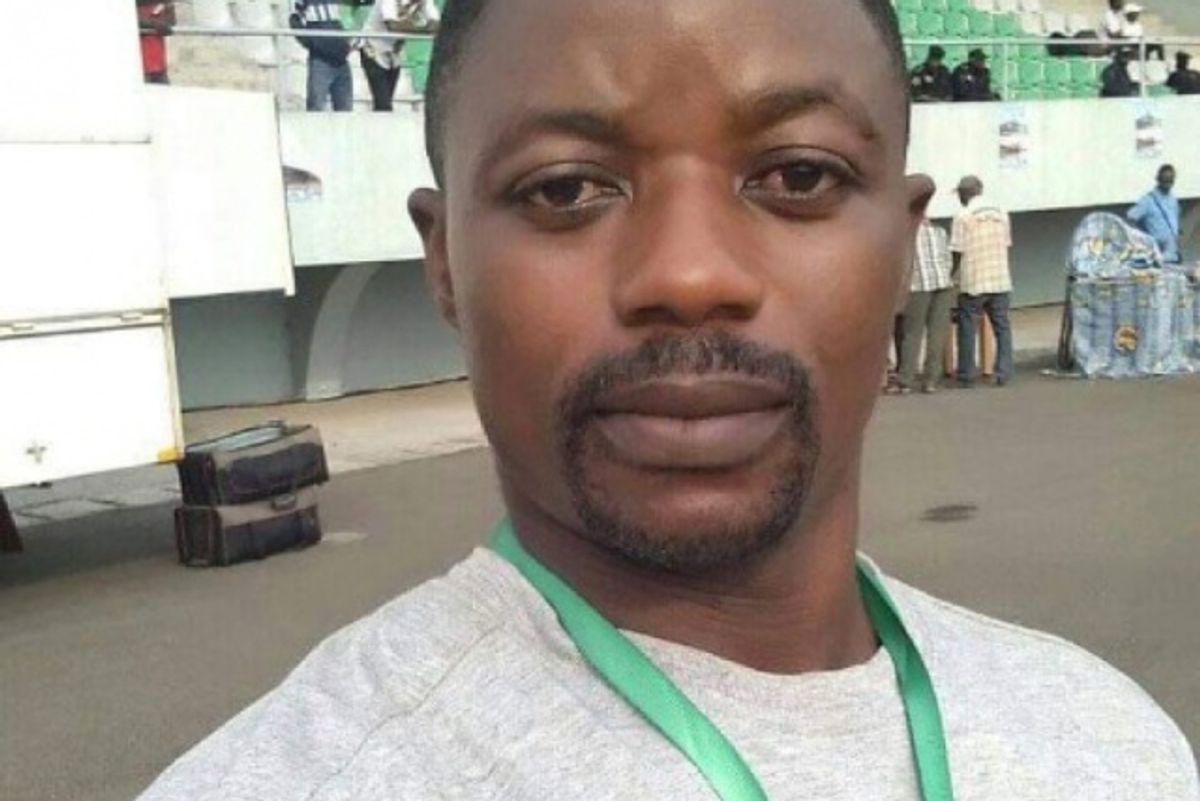
Death of Cameroonian Journalist, Samuel Wazizi, Concealed By Military for 10 Months
It's being called the 'worst crime' against a Cameroonian journalist in the past decade by rights groups.
SEARCH

It's being called the 'worst crime' against a Cameroonian journalist in the past decade by rights groups.